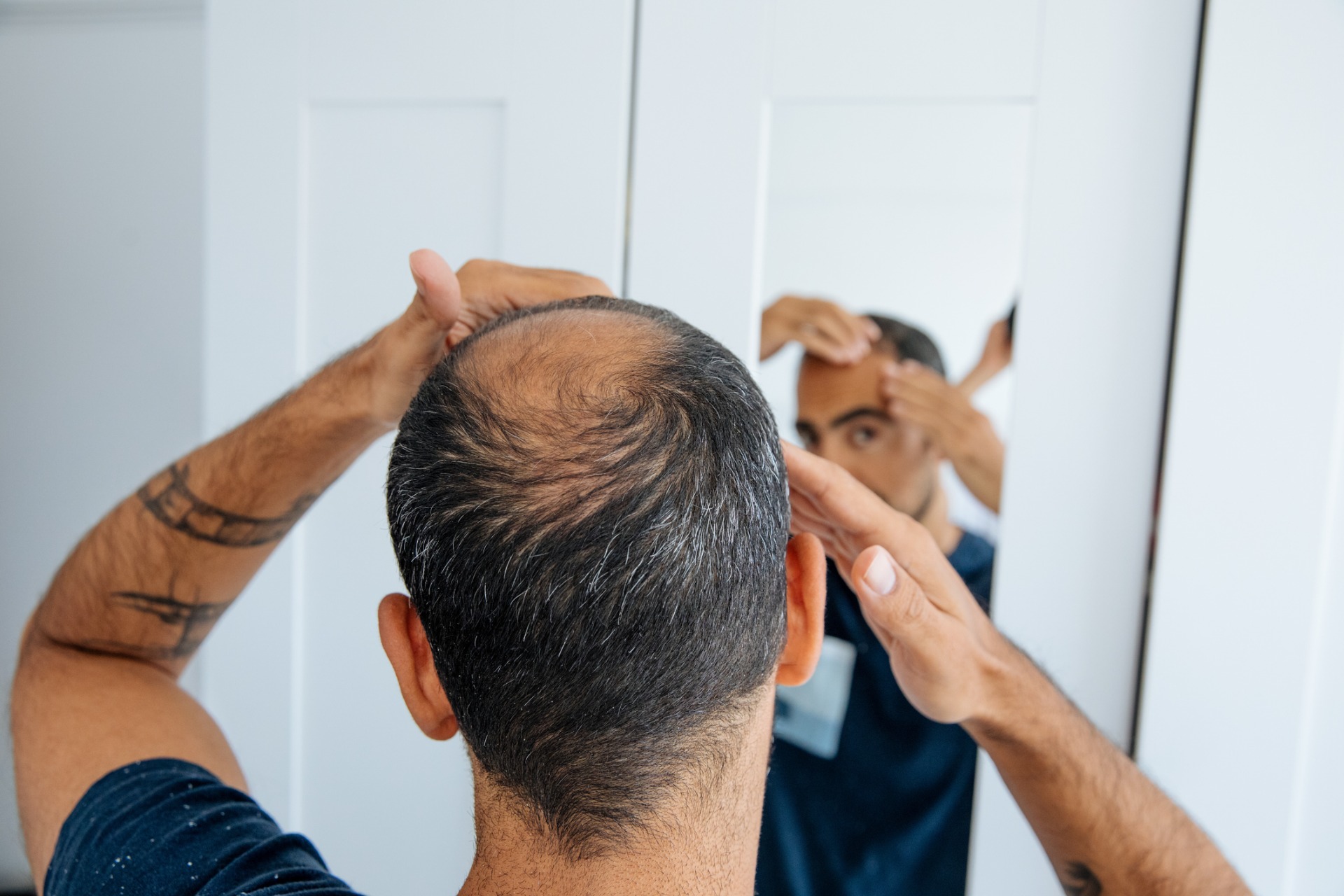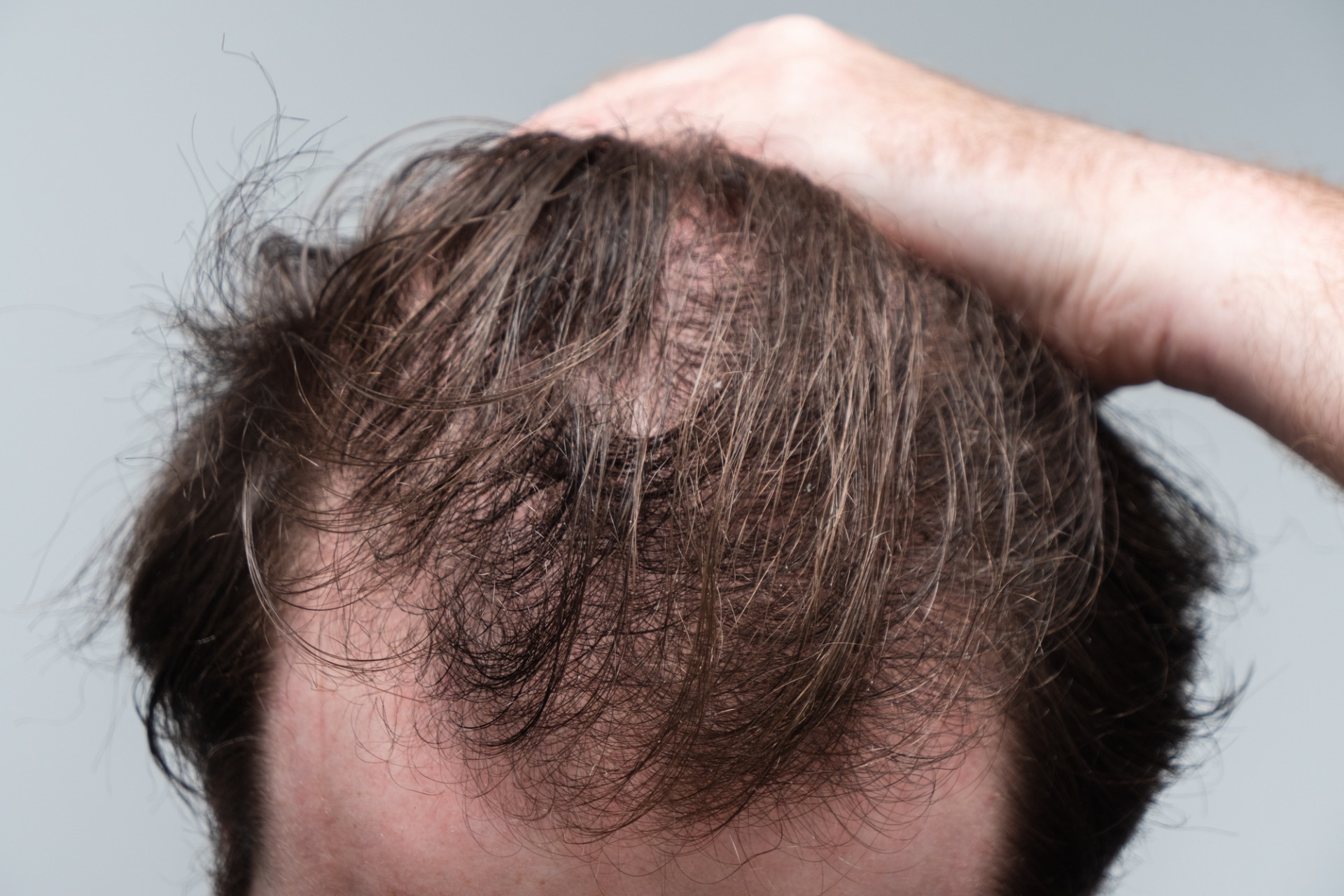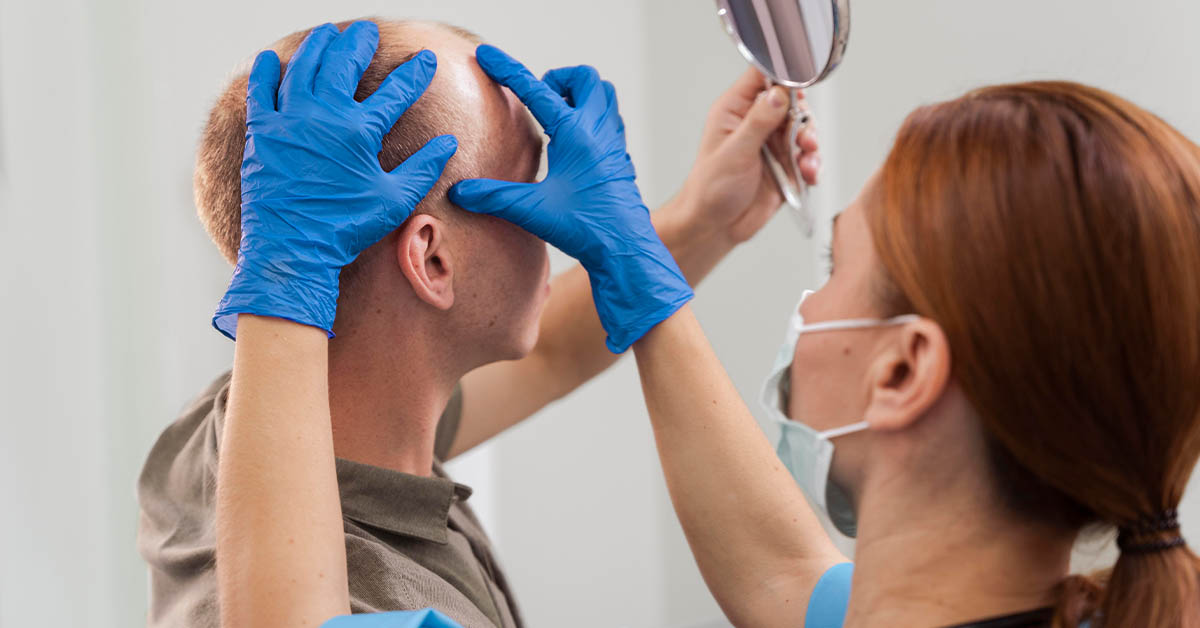The Vargas Hair Restoration Processes: Part 1 of a 3-part Series
Our hair is as much a part of our style, appearance, and identity as our clothing, posture, smile, and outward demeanor. Hair is an immediately-noticeable physical trait. As such, many of us obsess over our hair, making sure that it’s “just right” before leaving the house for work or school or a social occasion. And when our hair isn’t looking its best, we often say “we’re having a bad hair day” to lessen our discomfort through a moment of humor. Fortunately, there are plenty of people we meet in our day-to-day activities that are often also having an off-day with their hair, and there’s no social stigma attached to the problem. But for all the trimming and grooming and styling and effort we put into our hair, even a bad hair day is better than a thinning hair day.
Hair loss affects men and women differently, although men are slightly more likely to suffer from premature baldness, thinning hair, and male pattern baldness (androgenic alopecia). Hair loss can begin to occur in men in their mid-twenties, starting with thinning hair and sometimes progressing to total hair loss in a matter of years. According to the American Hair Loss Association, nearly two-thirds of American men will suffer from an amount of hair loss by age 35 – and by age 50, nearly 85% will have significantly thinning hair.
There are many reasons behind hair loss – including disease, a negative reaction to a drug or medication, hormone imbalances, malnutrition, chemotherapy treatments, stress, or simply a genetic predisposition to the problem. But the resulting outcome is almost always the same – unexpected hair loss creates feelings of pre-mature aging and a reduction is self confidence.
Fortunately, for most cases, hair loss is a condition that can be treated through a variety of processes, including oral or topical medications, A-Cellular (MatriStem/PRP) treatments, and surgical hair transplantation.
In this first of a three-part series on hair restoration processes from Vargas Face and Skin, we’re going to give a quick overview of the common hair treatment medications. In the forthcoming articles, we’ll also look at regenerative injections and surgical hair transplantation.
Restorative Hair Treatment and Medications: There are numerous hair loss medications on the market. Three are FDA approved and safe for use, with only minor side effects known. They are Minoxidil, Rogaine, and Propecia. Of the three, Minoxidil and Rogaine are most often used in hair loss treatment due to the fact that both are topical medications and both are safe for use by men and women. The main problem with these topical medications is that patients tend to burn out and not continue them as time goes on. They can also make the hair look oily and difficult to style.
Although complications occur in less than 2% of men, they can include decreased libido, erectile disfunction, decreased ejaculate volume and breast engorgement. Symptoms can resolve in many patients even if they continue on the drugs, if not side effects typically fade away within 6 months of stopping the medications.
Propecia, unlike Minoxidil and Rogaine, is an oral medication that is typically used to treat male pattern baldness (MPB). Propecia works by blocking the conversion of testosterone. As such, treatment with Propecia has not been shown to be helpful in women.
Each of these hair treatment medications is meant to create a specific restorative effect, and each treatment should be custom-tailored to individual cases and needs.
Our next blog will discuss the advent of new treatments such as injections and natural appearing transplants, which is exciting both to hair loss patients and doctors alike. Stay tuned to our next two blogs which outline these in more detail and find out if any of these treatments are right for you!
At Vargas Face and Skin, Dr. Hannah Vargas is ready to address the issues that are most important to you and help create a beautiful, natural outcome for your specific hair restoration needs.
vargas2.wpengine.com








This Post Has 0 Comments